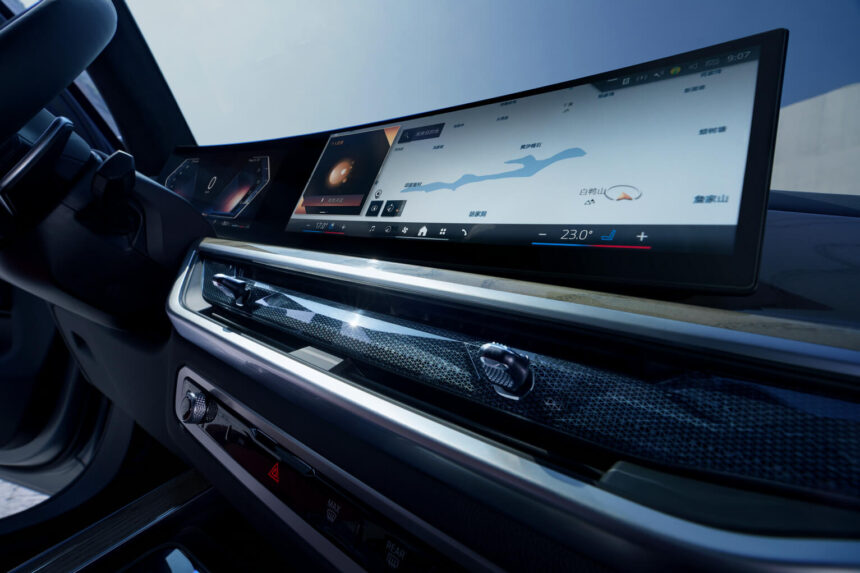Automotive Smart Surfaces: A Growing Trend in Interior Technology
Automotive smart surfaces have been gaining popularity in recent years, with a focus on integrating various interior materials with electronic sensors to create functional and decorative elements within the vehicle. This technology allows for touch-sensitive surfaces that can control lighting, temperature, and other functions when activated. In a recent report, it was revealed that sales of smart surface models have surged by 105.1% year on year, indicating a growing demand for this innovative technology.
The adoption of automotive smart surfaces has been rapid, with a rising penetration rate in the market. From January to September 2023, sales of models equipped with smart surfaces reached 256,000 units. By the same period in 2024, this number had climbed to 525,000 units, representing a significant increase. Smart surfaces are primarily found in areas such as the steering wheel, center console, doors, and dashboard, providing various functions like sensing, temperature control, and lighting. Among these, the center console is the most common location for smart surface integration, followed by doors, ceiling, and steering wheel.
Leading automakers like Camry and Buick have embraced smart surface technology in their latest models. The 2024 Camry features an electrostatic touch and patterned transparent panel at the center console, allowing for touch control of various functions like air-conditioner temperature and wind direction. Buick’s GL8 and GL8 NEV models have front doors equipped with Smart Touch light-sensing panels that blend seamlessly into the interior design when not in use, but can be activated to control seat position adjustment and door locking/unlocking.
One of the key challenges in mass-producing smart surfaces is cost control. The cost of smart surfaces is mainly attributed to materials, processes, and maintenance. Plastic materials, in combination with touch solutions, are the most commonly used materials for smart surface trims in 2024. Process costs are also a significant factor, with manufacturers opting for production processes like IMD, IME, and OMD to achieve lightweight and complex designs.
In terms of improving the customer experience, smart surfaces offer enhanced technology, space optimization, and personalization. Touch-sensitive interfaces provide a modern and intuitive user experience, with features like capacitive touch technology and haptic feedback enhancing the touch operation. Smart surfaces also optimize space utilization by integrating electronic components into compact modules, reducing clutter in the cockpit. Personalization options allow consumers to customize the appearance and functionality of smart surfaces to suit their preferences.
Overall, automotive smart surfaces are revolutionizing interior design in vehicles, offering a blend of technology, aesthetics, and functionality. With ongoing advancements in materials and processes, smart surfaces are set to become a standard feature in future automotive models, providing a unique and personalized driving experience for consumers.







